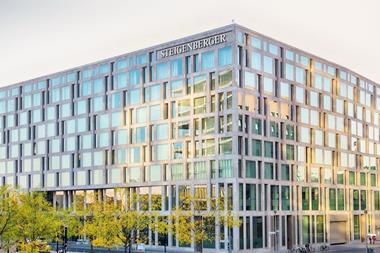The number of real estate transactions in Sweden has risen both in Q2 (+26%) and Q3 (+32%) 2013 after recording a decrease over the previous 10 quarters.
The number of real estate transactions in Sweden has risen both in Q2 (+26%) and Q3 (+32%) 2013 after recording a decrease over the previous 10 quarters.
International real estate adviser Savills suggests the increase is being driven by improvement in the lending market. A second factor, Savills notes, is that limited supply of prime stock available on the market has led more investors to look at secondary assets pushing up deal numbers for this asset type.
According to the report, a total transaction volume of SEK 21 bn (€2.4 bn) was recorded in the third quarter of 2013, representing a 40% increase year-on-year. Overall, in the first three quarters of the year total investment volumes amounted to €7.7 bn, compared with €7.6 bn in the same period in 2012.
Savills forecasts the total volume will reach €11.4 bn by year-end, slightly below the 2012 total of €12.2 bn.
In the prime sector office, yields currently stand at 4.5% in Stockholm and 5% in Gothenburg, according to Savills data, whilst retail warehouse yields are at 5.75%, shopping centres at 5.25% and yields for prime logistics assets at 6.5%. In terms of location Stockholm continues to be the favoured investment destination, accounting for 47% of activity so far in 2013, followed by Gothenburg (15%).
Savills highlights that Sweden’s investment market, and particularly the prime sector, continues to be dominated by domestic buyers who accounted for 85% of investment in the third quarter of 2013. Swedish pension funds are particularly active with less competition from investors that are dependent on leverage.
Johan Bernström, head of investment at Savills Sweden: 'Domestic institutions are the dominant players in Sweden although cross border interest is strong. Foreign buyers have so far been unable to compete with Swedish investors for prime offices, but they have been successful in acquiring prime retail warehousing, logistics and shopping centres.'










